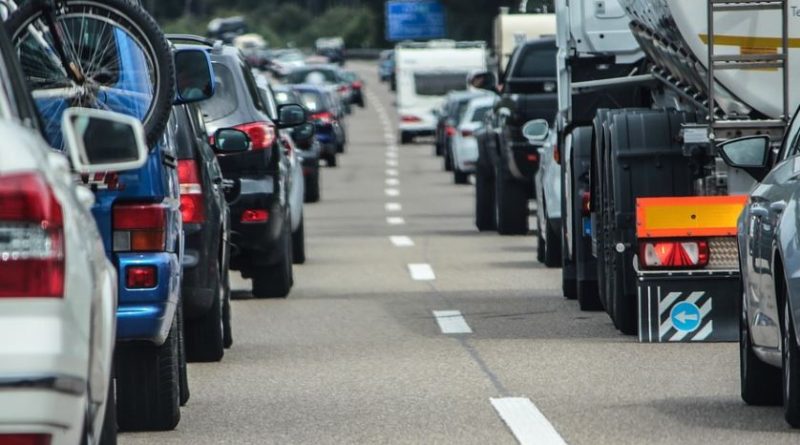New York to invest $1.7 billion to “break car culture”
New York City has this week passed legislation that is touted as a move to “break the car culture” that grips the city in congestion and pollution.
The ambitious idea is backed by $1.7 billion that will be invested over the next decade, with 250 new bike lanes set to provide much of the arterial infrastructure to get the city’s residents moving.
Part of the focus of the spend will be to ensure safety on the roads is improved. A Department of Transportation trend report demonstrated that, while ridership has grown by 26% between 2012 and 2017, there are more deaths attributed to vulnerable road users.
2019 has sadly marked the largest number of cyclist deaths in 20 years, with 25 killed. Pedestrian and cyclist deaths are up 24% year-on-year.
The Guardian reports City Council speaker Corey Johnson, who is expected to run for mayor in 2021, as saying: “The way we plan our streets now makes no sense and New Yorkers pay the price every day, stuck on slow buses or risking their own safety cycling without protected bike lanes … I want to completely revolutionise how we share our street space, and that’s what this bill does.
“This is a roadmap to breaking the car culture in a thoughtful, comprehensive way, and I am so proud to pass this bill today.”
Further to the near-term improvements, the new legislation requires the city to produce a “master plan” every five years from here on in that gives priority to safety, public transport, better access for disabled people and emissions reductions.
250 miles of protected bike lanes are expected to be laid down from December next year over the duration of the next five year plan.
Thereafter from 2026, it is forecast that the city will pledge to create a full connected cycle lane network.
Statistics place currently trips by bicycle at 490,000 daily, with 800,000 choosing cycling regularly. Citi Bike hire registered 2.5 million trips in September of this year, up from 1.9 million in 2018.
It is a firm bicycle industry belief that with more safe infrastructure will come more potential customers, potentially unlocking the next wave of good fortune for the cycling industry. In numerous surveys of consumers, safety concerns often ranks as the number one barrier to cycling uptake.



